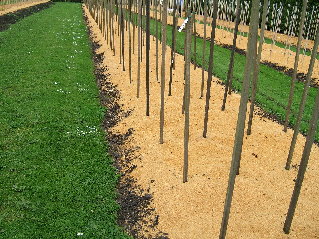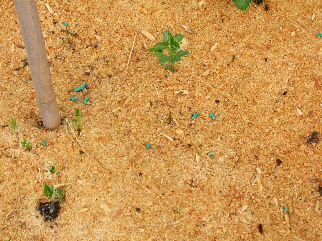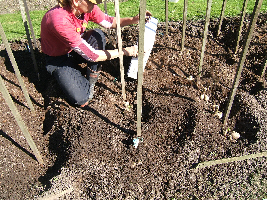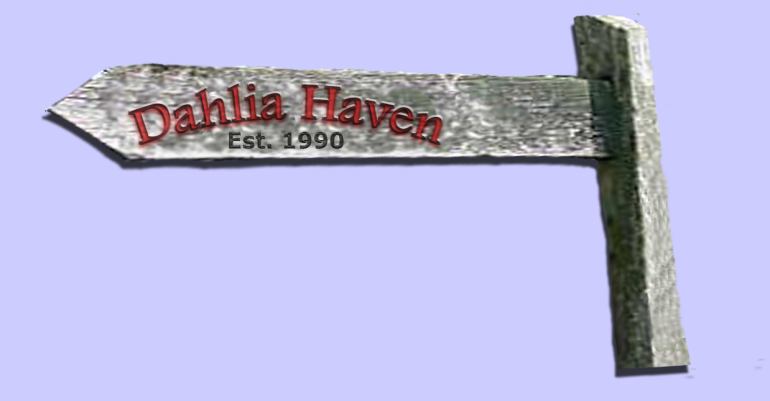
Here are a few helpful hints for starting out your tubers in Spring...
Never plant the whole clump again - unless you want lots of spindly growth and flowers. Divide the tuber clump where able by placing a sharp knife between last years old stalks. The 'eyes' are at the base of these stalks so be careful!
Remove last years plump or corky looking tuber and dust with Flowers of Sulpher and/or Hydrated Lime, 50/50. Leave about 3 or 4 pieces or tuber attached with a good growing 'eye'. Don't plant until frosts have finished.
For show purposes you may divide as small as one tuber or 'chicken leg'. These single pieces are better put into a tray of potting mix and wait until they shoot before planting.
Having previously prepared well raised beds and dug in any fresh manure, a light dressing of Blood and Bone or any other well balanced fertilizer can also be added after planting time.
Take care not to put it directly onto the tuber as this can burn the new fresh fibrous roots and shoots.
You may wish to plan where everything goes height/colour/type wise.
Always put stakes in FIRST, then plant. Staking afterwards can spear the tubers and roots, making the plant wilt and/or collapse. It is handy to keep the stakes shorter than eventual plant height for aesthetic purposes.
If labelling, write names on both sides of the label as the sun often fades the ink.
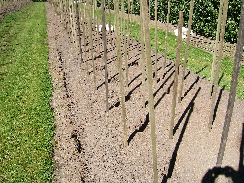
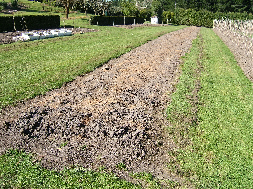
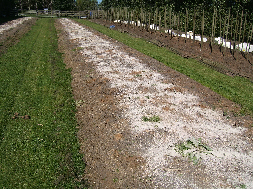
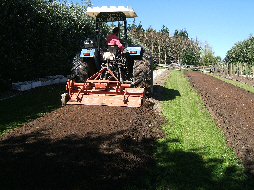
Throw lots of slug/snail bait around each plant, or lay bait stations - a few pieces of Novaflo, Alkathene or other piping left in stategic places for the slugs/snails to retreat into each night, from whence you can collect and dispatch them.
Remember slugs and snails come out more on a wet night to graze so spotlight checks (with the kids) can prove very fruitful and nutritious for the chooks - provided they havn't eaten any bait!
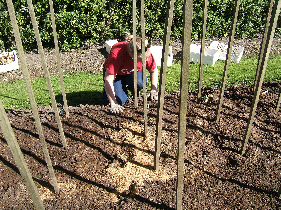
You can wait until your shoots are 10-12cm high before applying mulch, remembering to add a bit of urea or nitrogen if using a lot of sawdust year after year. Just be careful not to damage the shoots.
Start tying the main stems to stakes at regular intervals remembering that not every stalk needs to be tied. Plants at about 1m intervals and 2 or more deep will support each other.
Dig a hole and plant the tuber at a depth so that the neck is just below the finished ground level.
Carefully cover with soil, so as to not damage any shoots or shooting eyes.
